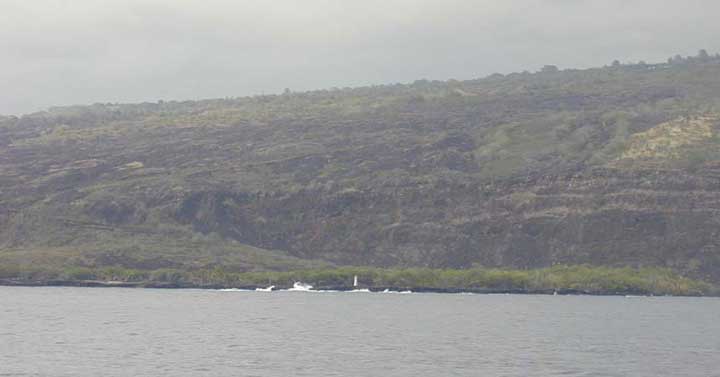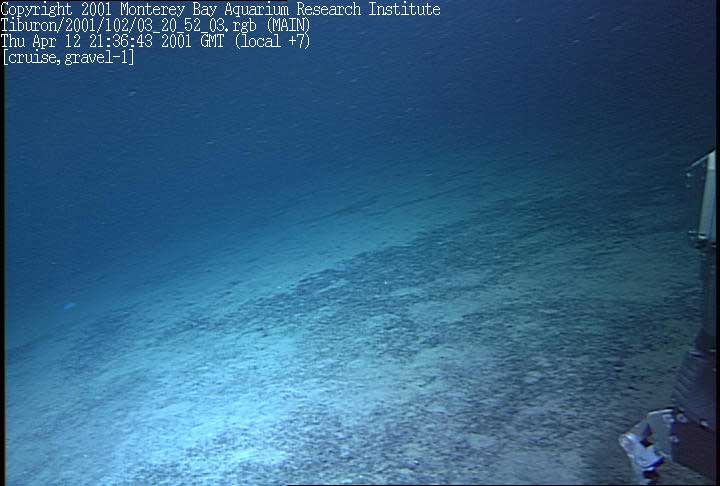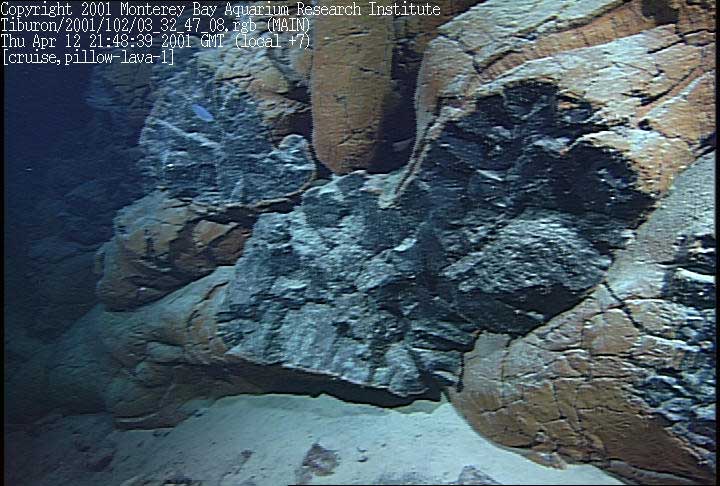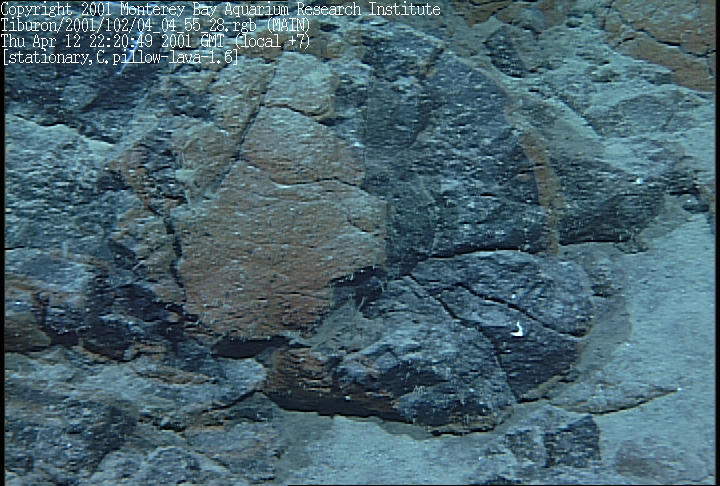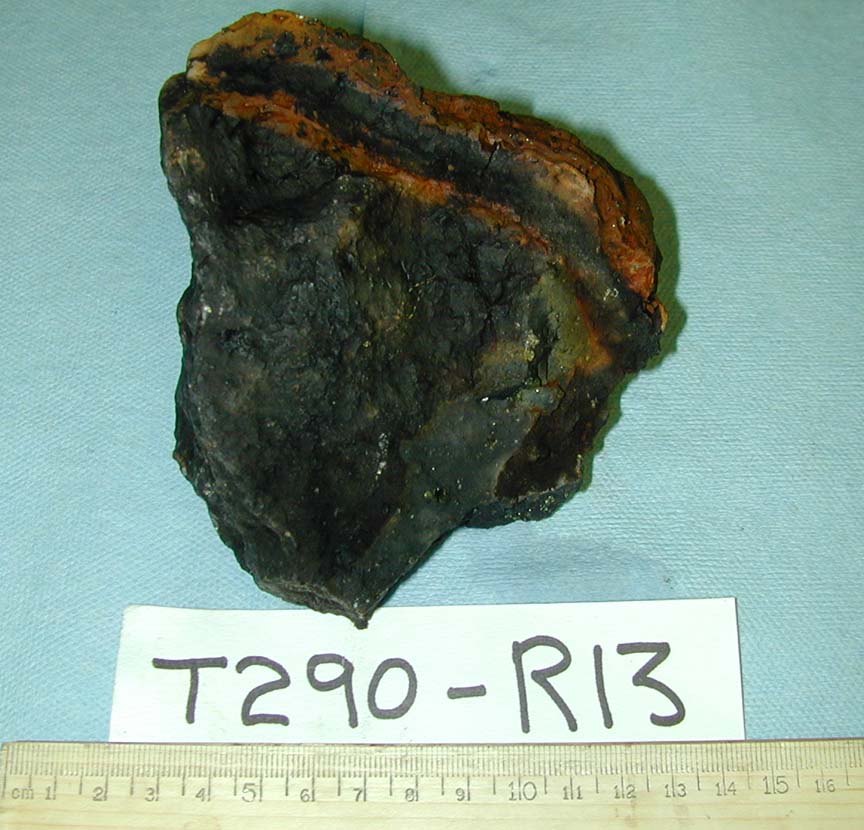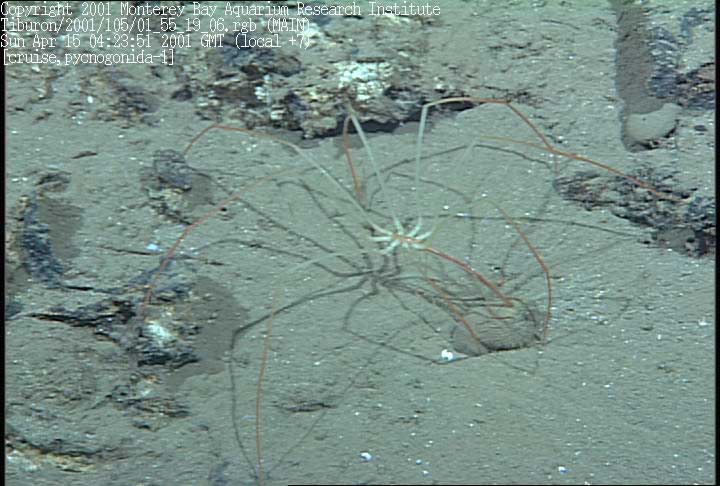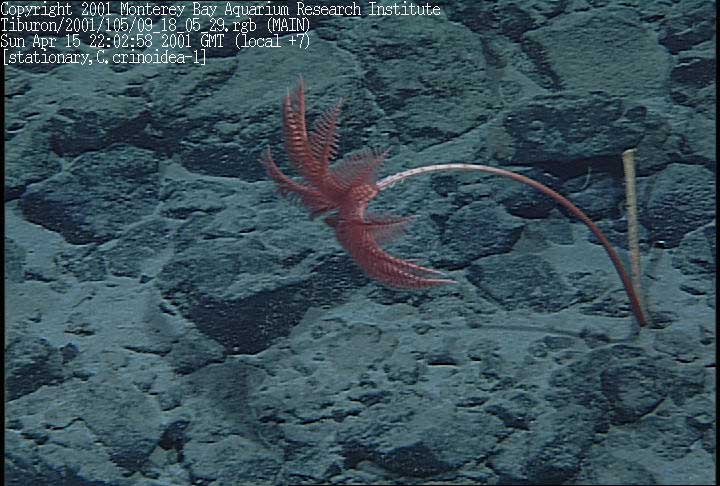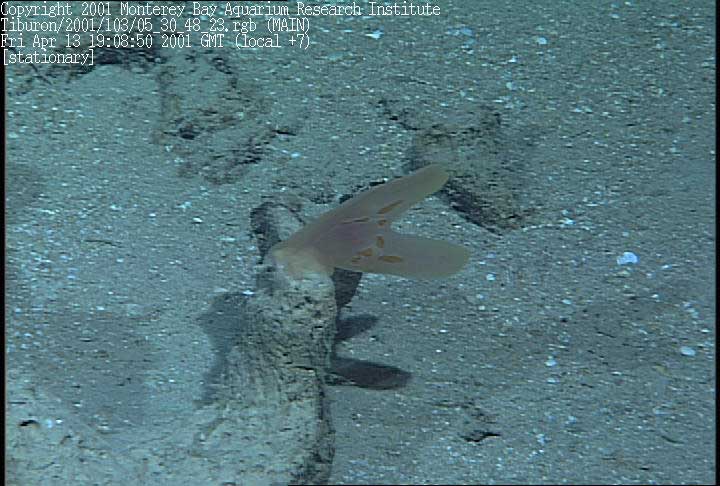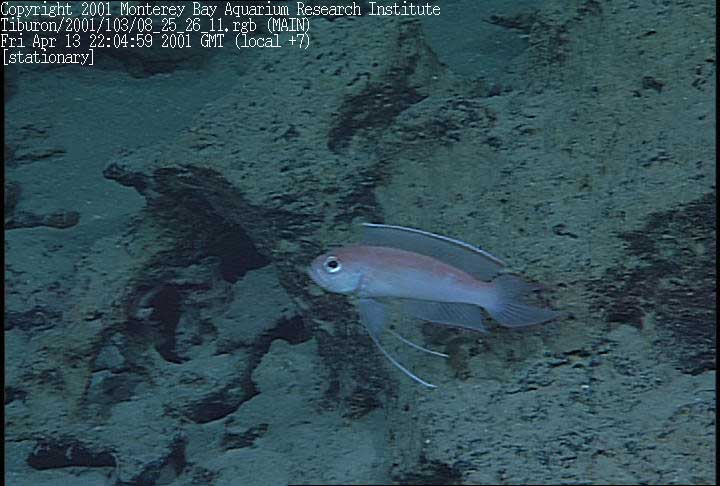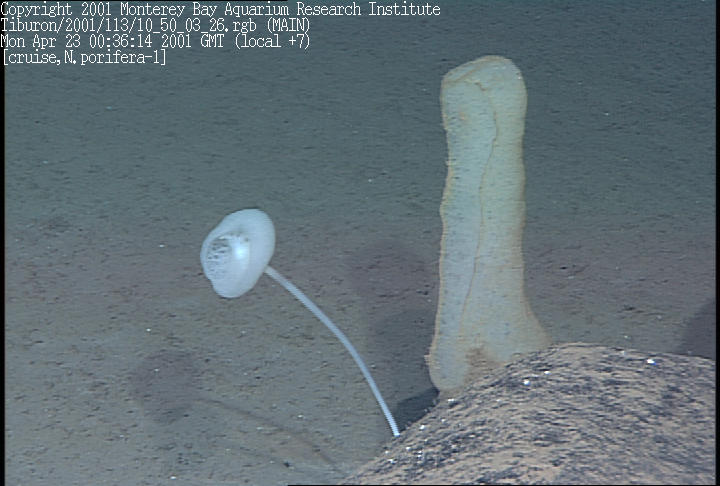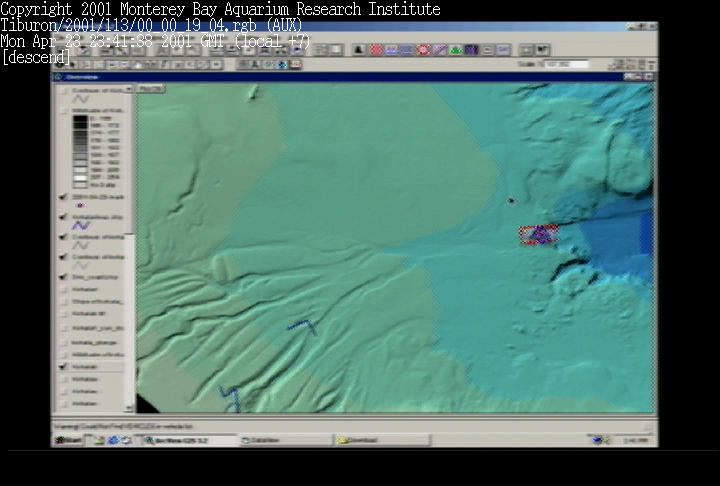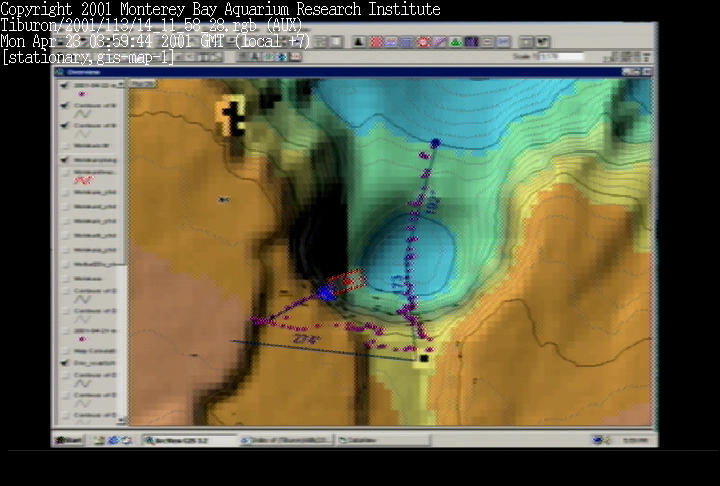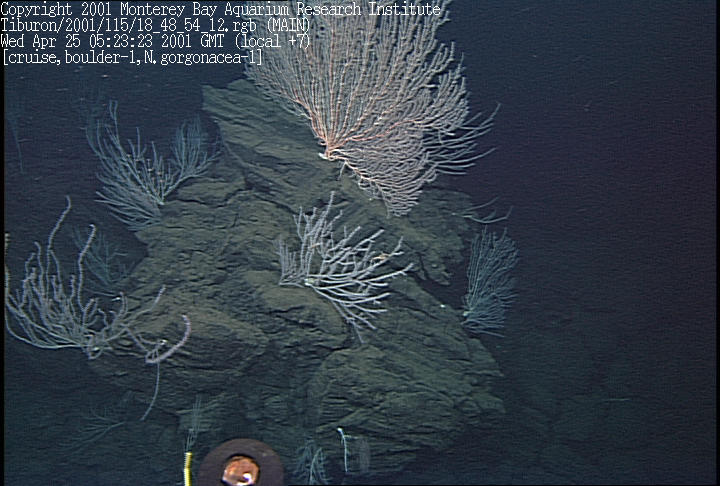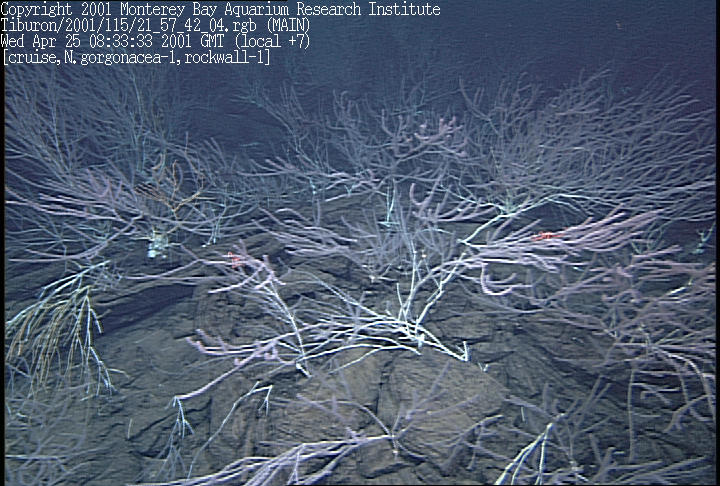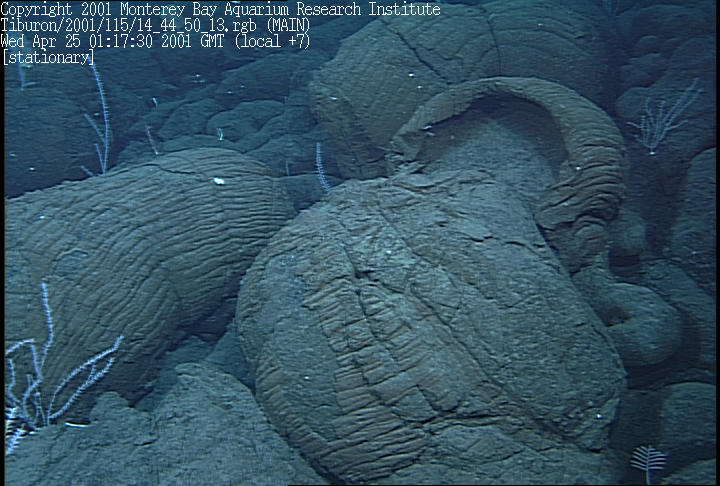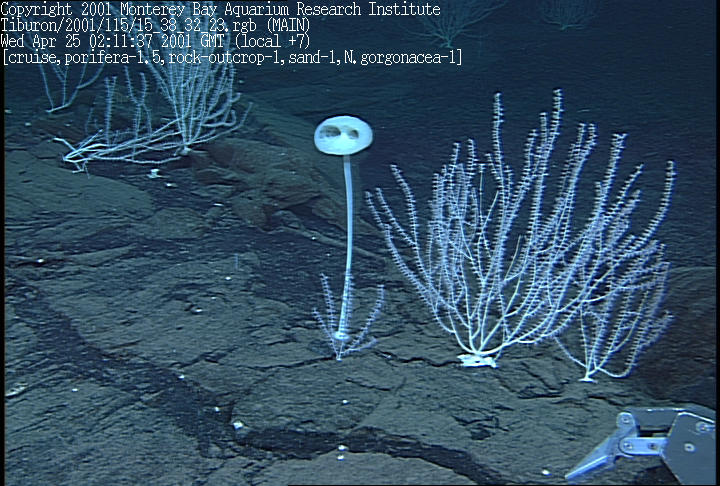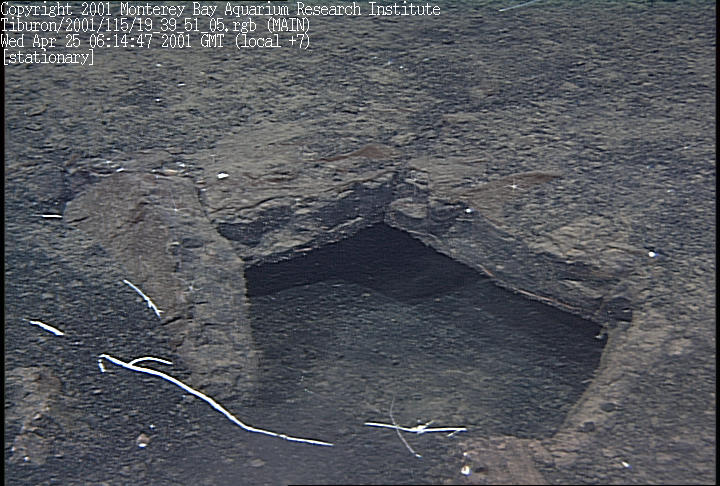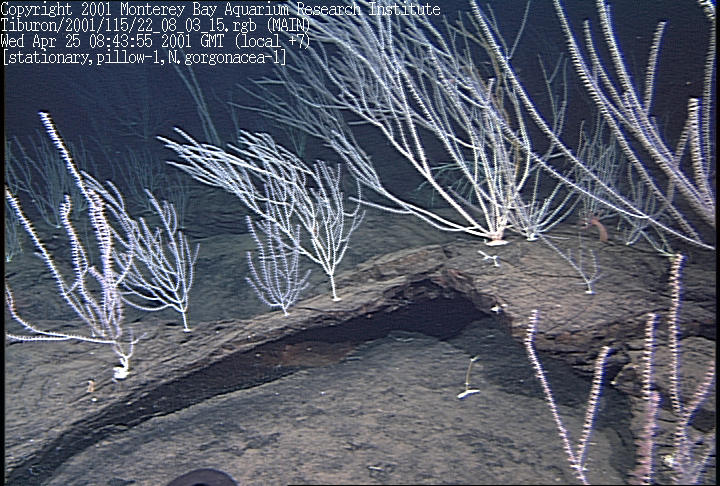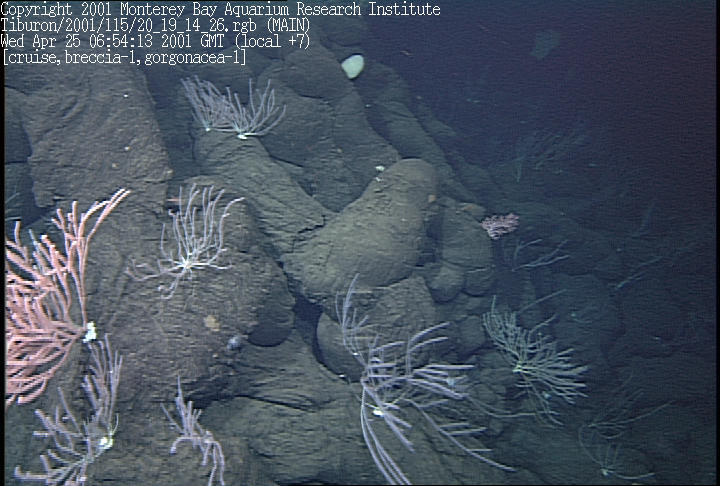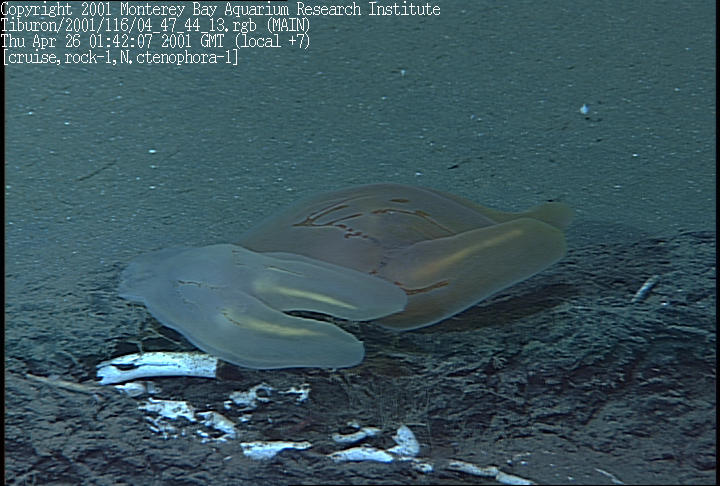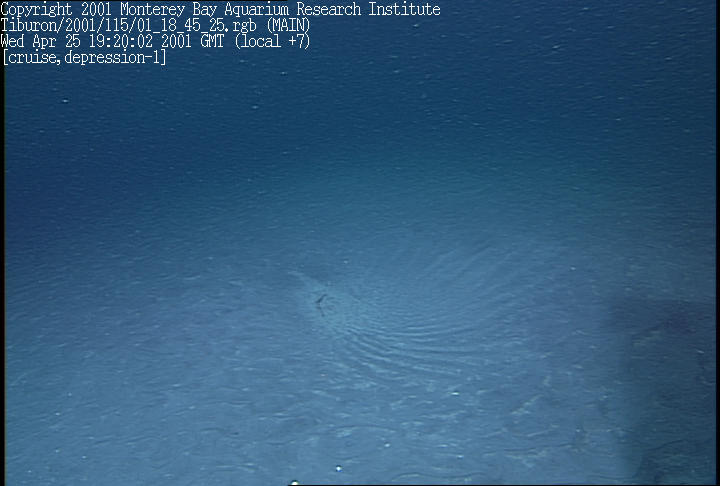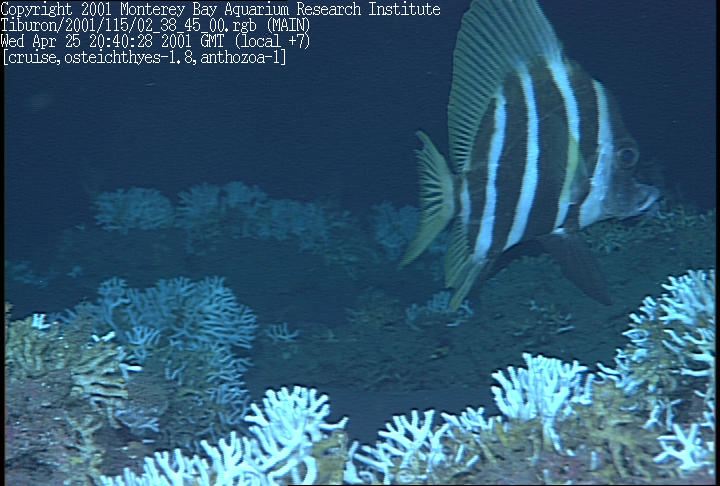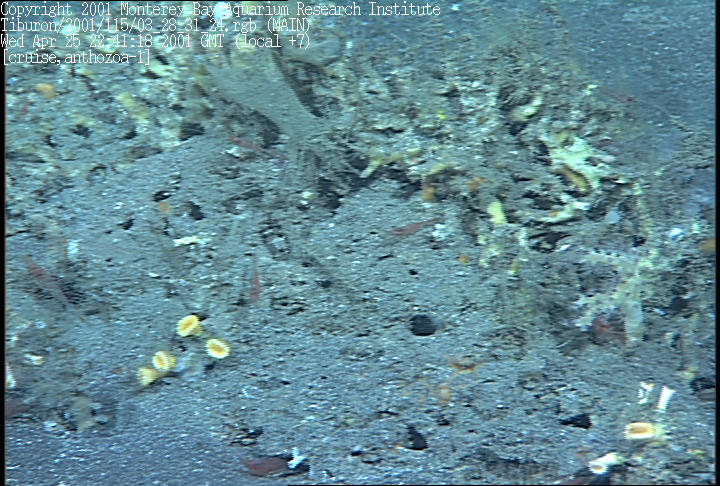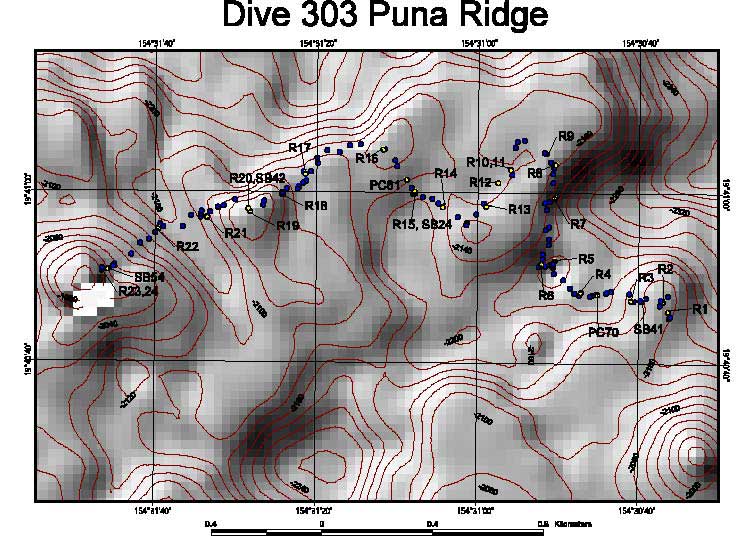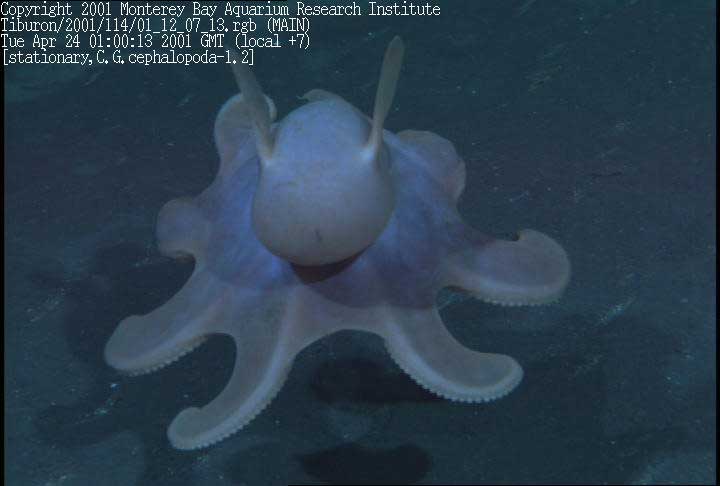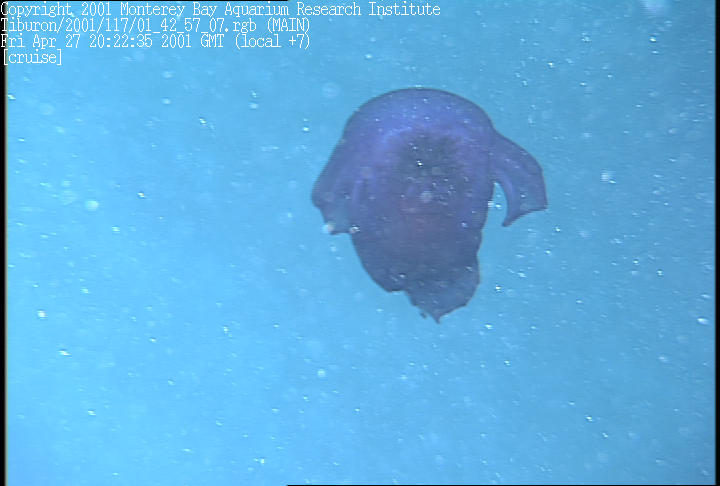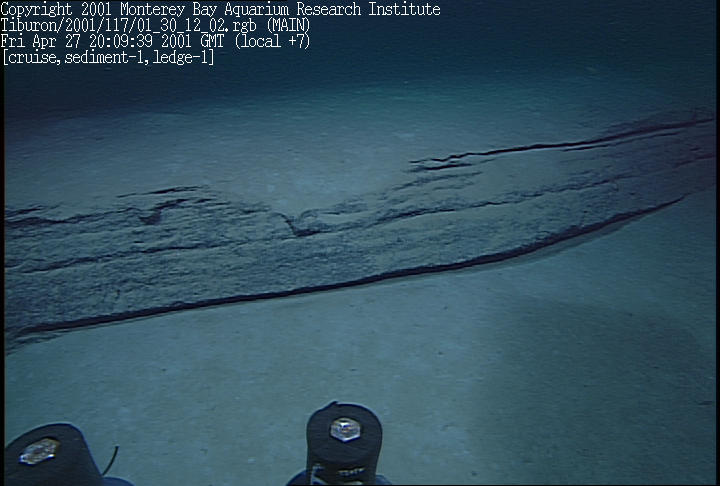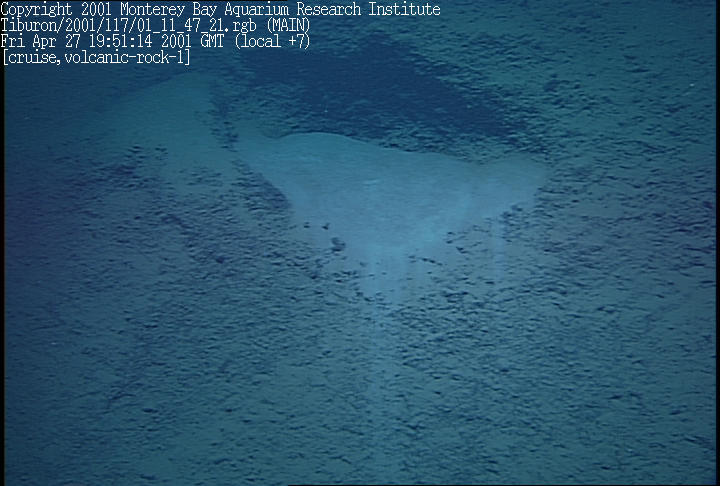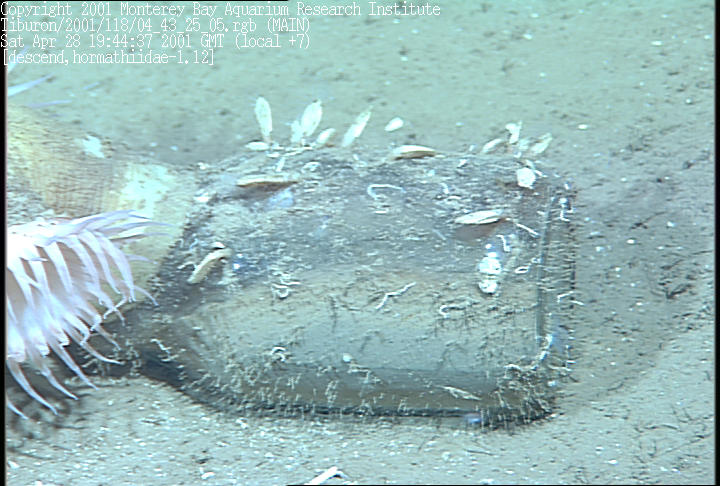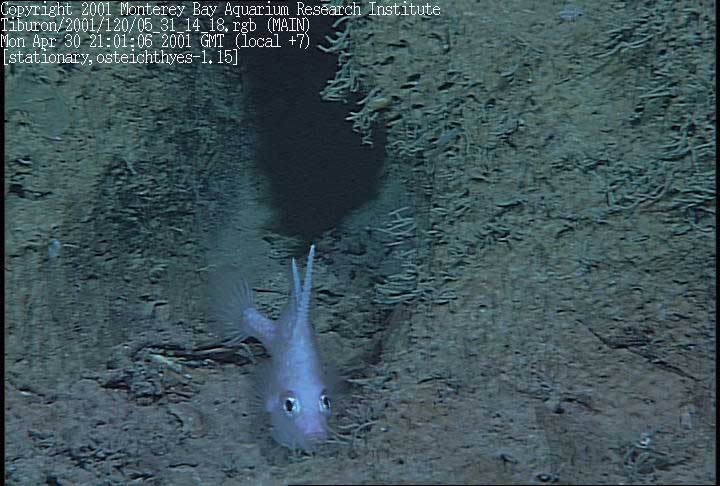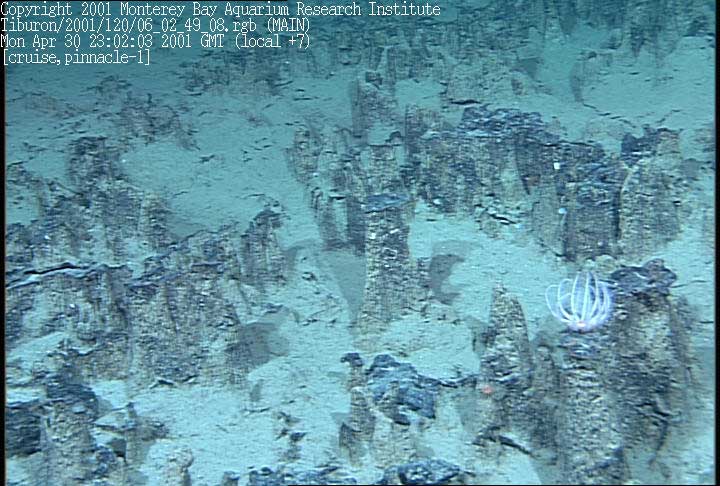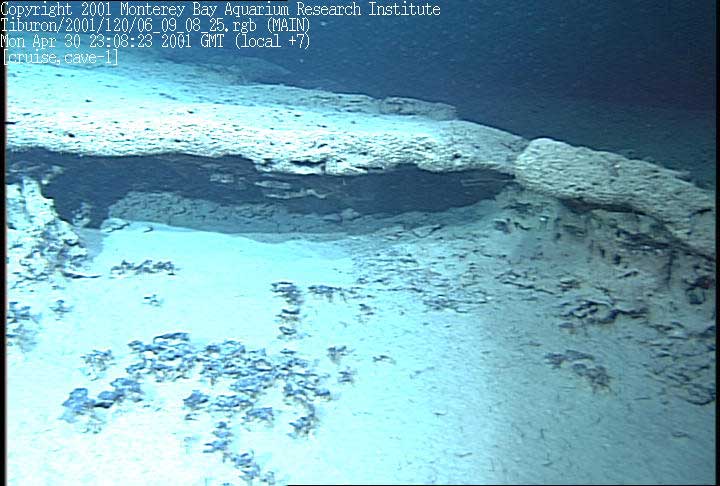 | Havaii |
Kealakekua Bay -http://www.mbari.org/expeditions/Hawaii/Leg2/April12.htm |
http://www.mbari.org/expeditions/Hawaii/Leg2/April12.htm |
Gravel -http://www.mbari.org/expeditions/Hawaii/Leg2/April12.htm |
Lava flow front - http://www.mbari.org/expeditions/Hawaii/Leg2/April12.htm |
The chief scientist identifies an interesting piece of pillow basalt from which they would like to collect a sample -http://www.mbari.org/expeditions/Hawaii/Leg2/April13.htm |
Rock 13 will have a 1 cm thick slab sawed out of it from which thin sections will be made for the geologists to observe the microscopic features of the rock. Finally, all the carefully labeled samples and slabs are boxed up to be shipped back to MBARI after the cruise gets back to port -http://www.mbari.org/expeditions/Hawaii/Leg2/April13.htm |
Large pycnogonid-http://www.mbari.org/expeditions/Hawaii/Leg2/April16.htm |
Red stalked crinoid, Proisocrinus ruberrimus-http://www.mbari.org/expeditions/Hawaii/Leg2/April16.htm |
Many yellowfin soldierfish, Myripristis chryseres, were observed in the shallow (~150 m) ancient carbonate reefs-http://www.mbari.org/expeditions/Hawaii/Leg2/April16.htm-- |
We saw three or four of these in our dives off of Lanai. A very bizarrre looking critter, the creeping comb jelly, Lyrocteis sp. We even saw one with its very long tentacles extended-http://www.mbari.org/expeditions/Hawaii/Leg2/April16.htm |
A graceful pink bandfish, Owstonia sp., swimming in and out of the holes in the carbonate-http://www.mbari.org/expeditions/Hawaii/Leg2/April16.htm |
An anemone sits on the bottom filtering food out of the water column while a sponge gets a little bit higher on this stalk-http://www.mbari.org/expeditions/Hawaii/Leg3/April22.htm |
Sponges -http://www.mbari.org/expeditions/Hawaii/Leg3/April22.htm |
A benthic (bottom-dwelling) tunicate that is omnivorous! Most tunicates are filter feeders that are feeding on particles and algae in the water column, this tunicate can capture larger animals and ingest them-http://www.mbari.org/expeditions/Hawaii/Leg3/April23.htm |
This incredible plunge pool revealed some amazing features. Here you can see the GIS images on a wide scale-http://www.mbari.org/expeditions/Hawaii/Leg3/April23.htm |
and here you can see the GIS close-up images of the plunge pool -http://www.mbari.org/expeditions/Hawaii/Leg3/April23.htm |
These elongate pillow lavas flowed down a steep slope -http://www.mbari.org/expeditions/Hawaii/Leg3/April24.htm |
These gorgonians are presumably taking advantage of this lava mound to get higher in the water column for more food--http://www.mbari.org/expeditions/Hawaii/Leg3/April24.htm |
The density of animals was greater at Puna Ridge than anywhere else we have dived in Hawaii so far. This forest of gorgonians was remarkable ---http://www.mbari.org/expeditions/Hawaii/Leg3/April24.htm |
This is a lava pillow that drained and cracked open. The rinds of these pillows have weathered somewhat, but still display the original texture from when they squeezed out and chilled----http://www.mbari.org/expeditions/Hawaii/Leg3/April24.htm |
This interesting sponge is growing on a lava sheet flow. High temperature lavas would be less viscous than lower temperature ones, so might be expected to erupt as sheet flows rather than as pillows. Glassy volcanic sand, like which makes up black sand beaches on land, fills the hollows-http://www.mbari.org/expeditions/Hawaii/Leg3/April24.htm |
This is a skylight, a break in the roof of a lava tube. Once a lava flow tubes over, it can travel long distances because it stays hot, insulated within the tube. On land, you can stand next to a skylight, peer in, and see the molten lava flowing like a red torrent below-http://www.mbari.org/expeditions/Hawaii/Leg3/April24.htm |
This is the submarine equivalent of "shelly pahoehoe". On land, the crusts of thin sheet flows break easily under foot. The surface is crunchy to walk on, and if it is hollow underneath you risk breaking through and tearing up your shins. Gorgonians have found the surface here quite to their liking-http://www.mbari.org/expeditions/Hawaii/Leg3/April24.htm |
These elongate pillows formed "pillow toes": as the lava lobe chills, it might briefly remain hotter where it contacts rock underneath, which causes it to curl upward before stopping. We saw this happen a week ago on Kilauea-http://www.mbari.org/expeditions/Hawaii/Leg3/April24.htm |
Two benthic ctenophores attached to a piece of wood, left, reminded us of our own ctenophore specialist, George Matsumoto -http://www.mbari.org/expeditions/Hawaii/Leg3/April25.htm |
Depressihttp://www.mbari.org/expeditions/Hawaii/Leg3/April25.htmon - |
Angelfish-http://www.mbari.org/expeditions/Hawaii/Leg3/April25.htm |
A less pronounced upper part of the scar is also composed of mudstones and forms a vertical cliff. This cliff is capped with slabs of extensive bioturbated well lithified mudstones. Sea fans grow on the vertical face of the mudstone -http://www.mbari.org/expeditions/Hawaii/Leg3/April25.htm |
Tiny cup corals on rubble on the Pololu Canyon floor-http://www.mbari.org/expeditions/Hawaii/Leg3/April25.htm |
I also create maps of sampling locations using GIS. This map is of the dive on Puna Ridge (4/24). Each sample is identified on the map, along with other points of interest marked during the dive- http://www.mbari.org/expeditions/Hawaii/Leg3/April26.htm |
We sent four pallets after Leg 2, some 2700 pounds of basalt and corals. Here Rendy Keaten, left, and Jenny Paduan are packaging up one of the pallets on the dock http://www.mbari.org/expeditions/Hawaii/Leg3/April26.htm |
A sea cucumber-http://www.mbari.org/expeditions/Hawaii/Leg3/April27.htm |
Sedhttp://www.mbari.org/expeditions/Hawaii/Leg3/April27.htmimentary layers- |
Slides, volcanic ricks -http://www.mbari.org/expeditions/Hawaii/Leg3/April27.htm |
Flytrap anemones settle on rocks and other hard substrate in the broad sand-mud slope-http://www.mbari.org/expeditions/Hawaii/Leg3/April28.htm |
White-spotted spikefish ventured out into our view-http://www.mbari.org/expeditions/Hawaii/Leg3/April30.htm |
Many small erosional columns rise above smooth bedrock on the Oahu South Terrace dive -http://www.mbari.org/expeditions/Hawaii/Leg3/April30.htm |
Overhangs and holes in the rocks offered refuge to some fishes --http://www.mbari.org/expeditions/Hawaii/Leg3/April30.htm |
Microbes - http://www.mbari.org/expeditions/BioLINCS/microbes.htm
